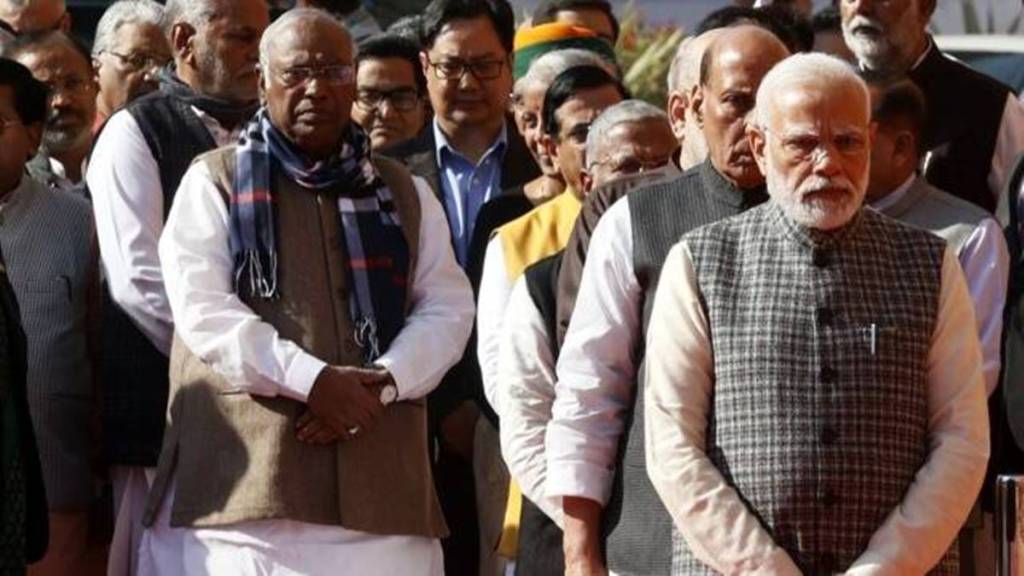In itself, a caste census like Bihar’s may be without harm; it may in fact be helpful to the extent that courts want ‘quantifiable data’ to support the existing levels of reservation. The problem is that it is impractical—the enumeration process would be too complex, given the mind-boggling numbers of castes and sub-castes, with phonetic variations and similarities, that people returned as their caste in the Socio-Economic Caste Census conducted in 2011. The other problem is more serious, in fact, dangerous. The Opposition parties’ rallying cry for Bihar-like censuses in other states is “jitni abadi, utna haq” (rights based on share of population). The cynicism of the slogan is obvious. Lacking political imagination to take on the ruling dispensation, the Opposition parties are wagering on organising the Schedule Caste, Tribe, and OBC groups to demand even larger reservation and pit them against the non-reserved chunk of the electorate.
Reservation, at the time of Independence, was felt to be the right tool to empower the socially disadvantaged, but wasn’t intended to be in perpetuity by the makers of the Constitution. And yet, it has not only continued 76 years after, but it has also been expanded significantly. It’s nobody’s case that reservations must go immediately, but there is no logic for even larger reservation than what exists today. The abadi-haq rationale for a caste census betrays such intent. It is not hard to imagine the mockery it could make of merit if it were to be adopted for policy action. The proportional-representation logic is a slippery slope. What if it were to mutate beyond caste—to communities? The Opposition parties must remember the protests triggered by the Mandal Commission findings in the 1990s, to understand how fraught the proposition of expanded reservation stemming from a nationwide caste census can be.
In a nation with such a vast and diverse population, spinning further reservation as positive discrimination can prove socially explosive, with non-reserved categories finding their opportunities shrinking further. The 50% cap set by the Supreme Court is no guarantee against such an eventuality—the SC itself had prepared the ground for the failure of the capping. In the Indra Sawhney judgment, it had observed in favour of allowing identification of groups on basis other than caste for reservation. And in 2022, it allowed the 50% cap to be breached by upholding the Centre’s 10% reservation for Economically Weaker Sections within the general category.
The SC’s validation of quotas beyond the 50% cap set by itself is compounded by the Congress Party’s resolution to review the cap if it comes to power. The solution to mitigating the socio-economic deprivation of certain caste groups and the tribes lies in empowerment through skilling, education, nutrition, and creating more jobs, and not in an ever-expanding ambit of reservation. For instance, there are larger unmet skilling needs among the disadvantaged groups compared with the general category. Education gaps, too, are more pronounced. All of which translates to barriers to opportunity and consequent income gaps. While the current reservation structure in the early years can have benefits, expanded reservation would create new disenfranchised groups. The Opposition, particularly the Congress party, ought to remember Jawaharlal Nehru’s words: “This way (ever larger scope of reservation) lies not only folly but also disaster. Let us help the backward groups by all means, but never at the cost of efficiency.”


